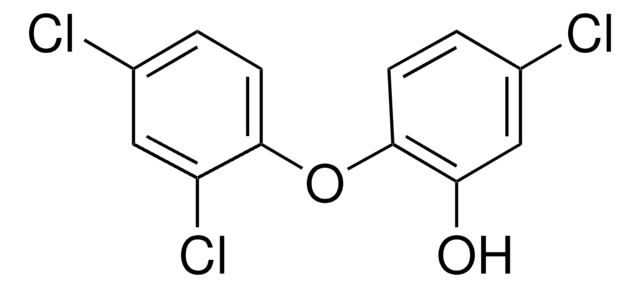C38303
4-Chloro-3,5-dimethylphenol
99%
Sinonimo/i:
4-Chloro-3,5-xylenol, 4-Chloro-sym-m-xylenol, PCMX
Autenticatiper visualizzare i prezzi riservati alla tua organizzazione & contrattuali
About This Item
Formula condensata:
ClC6H2(CH3)2OH
Numero CAS:
Peso molecolare:
156.61
Beilstein:
1862539
Numero CE:
Numero MDL:
Codice UNSPSC:
12352100
ID PubChem:
NACRES:
NA.22
Prodotti consigliati
Livello qualitativo
Saggio
99%
Stato
powder
Punto di fusione
114-116 °C (lit.)
Stringa SMILE
Cc1cc(O)cc(C)c1Cl
InChI
1S/C8H9ClO/c1-5-3-7(10)4-6(2)8(5)9/h3-4,10H,1-2H3
OSDLLIBGSJNGJE-UHFFFAOYSA-N
Cerchi prodotti simili? Visita Guida al confronto tra prodotti
Categorie correlate
Applicazioni
- Synthesis and Spectroanalytical Studies of a New Azodye Derived From 2-Amino-6-ethoxybenzothiazole and 4-Chloro-3,5-dimethylphenol: Discusses the synthesis and characterization of a new azo dye derived from 4-chloro-3,5-dimethylphenol, highlighting its potential applications in dyeing and pigments (AA Ali, 2017).
- Crystal structure of the co-crystalline adduct 1, 3, 6, 8-tetraazatricyclo dodecane (TATD)–4-chloro-3,5-dimethylphenol (1/1): This paper details the crystal structure of a complex formed with 4-chloro-3,5-dimethylphenol, providing insights into its structural properties (A Rivera et al., 2015).
Avvertenze
Warning
Indicazioni di pericolo
Consigli di prudenza
Classi di pericolo
Acute Tox. 4 Oral - Eye Irrit. 2 - Skin Irrit. 2 - Skin Sens. 1
Codice della classe di stoccaggio
11 - Combustible Solids
Classe di pericolosità dell'acqua (WGK)
WGK 1
Dispositivi di protezione individuale
dust mask type N95 (US), Eyeshields, Faceshields, Gloves
Scegli una delle versioni più recenti:
Possiedi già questo prodotto?
I documenti relativi ai prodotti acquistati recentemente sono disponibili nell’Archivio dei documenti.
I clienti hanno visto anche
R O Darouiche et al.
Clinical microbiology and infection : the official publication of the European Society of Clinical Microbiology and Infectious Diseases, 12(4), 397-399 (2006-03-10)
The in-vitro and in-vivo efficacy against Candida albicans and Candida krusei of devices impregnated with chlorhexidine and chloroxylenol was examined. The impregnated devices produced large zones of inhibition against both organisms (mean size, 39 mm and 38 mm, respectively). In
S Messager et al.
Journal of applied microbiology, 97(6), 1149-1160 (2004-11-18)
To determine bacterial survival on human skin and their sensitivity to antisepsis. An 'ex vivo' protocol which uses human skin samples placed into diffusion cells, and electron microscopy (EM), were used to study the growth of Staphylococcus aureus, Escherichia coli
Marcel Skoumal et al.
Chemosphere, 71(9), 1718-1729 (2008-02-12)
Electrochemical advanced oxidation processes (EAOPs) are environmentally friendly methods based on the destruction of organic pollutants in wastewaters with in situ electrogenerated hydroxyl radical. This species is formed in anodic oxidation (AO) from water oxidation at the anode and in
Tetsuo Yamano et al.
Toxicology, 190(3), 259-266 (2003-08-21)
p-Chloro-m-cresol (PCMC) and p-chloro-m-xylenol (PCMX) are known to cause allergic contact dermatitis. For risk assessment of skin sensitizers, information on dose-response profiles in the induction and elicitation phases and cross-reactivity with analogous chemicals are important. In the non-radioactive local lymph-node
S Messager et al.
The Journal of hospital infection, 58(2), 115-121 (2004-10-12)
An ex vivo test was adapted to mimic the in vivo conditions of testing antiseptic activity on human forearms and in the European Standard Hygienic Handwash Test (BSEN 1499). The study was to validate the ex vivo protocols using 4.8%
Il team dei nostri ricercatori vanta grande esperienza in tutte le aree della ricerca quali Life Science, scienza dei materiali, sintesi chimica, cromatografia, discipline analitiche, ecc..
Contatta l'Assistenza Tecnica.
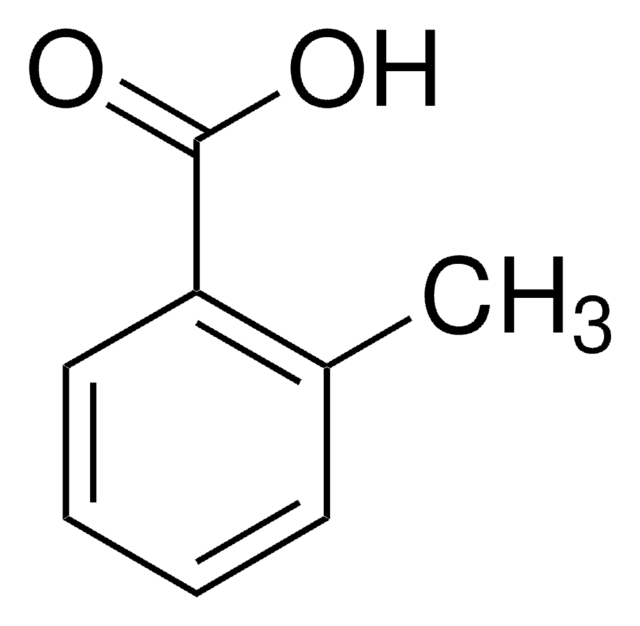
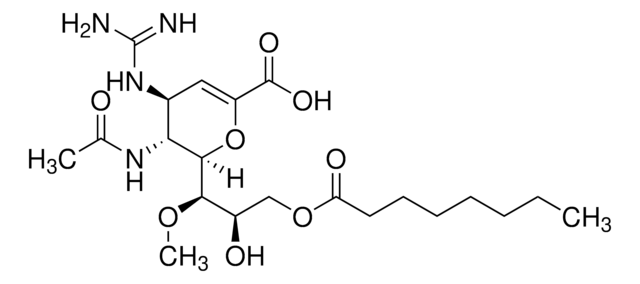

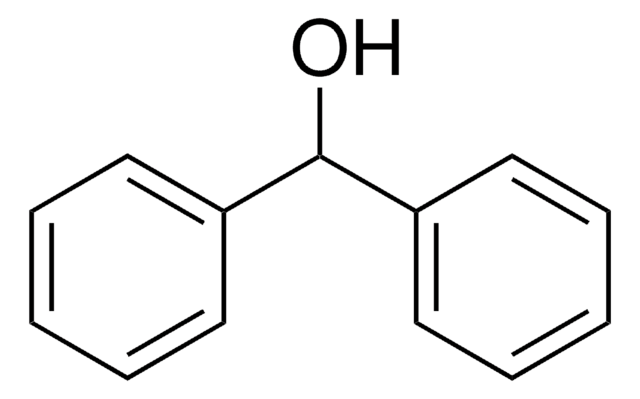
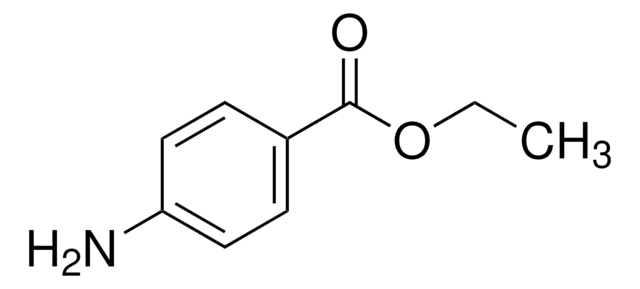
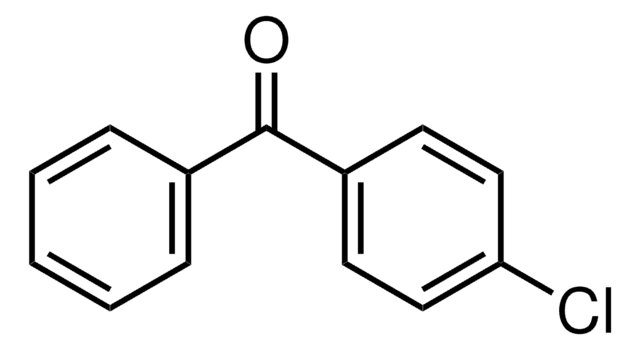
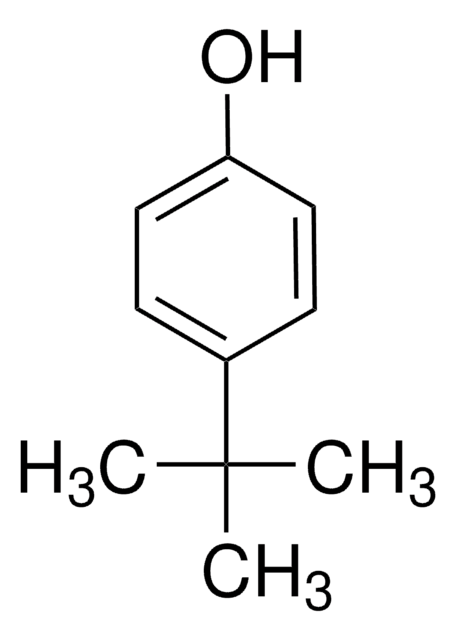

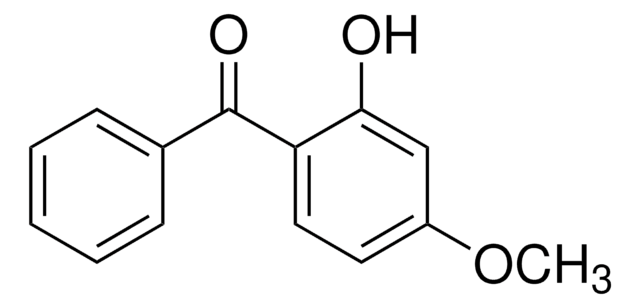
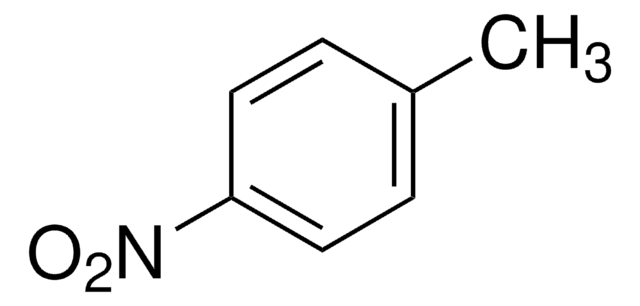
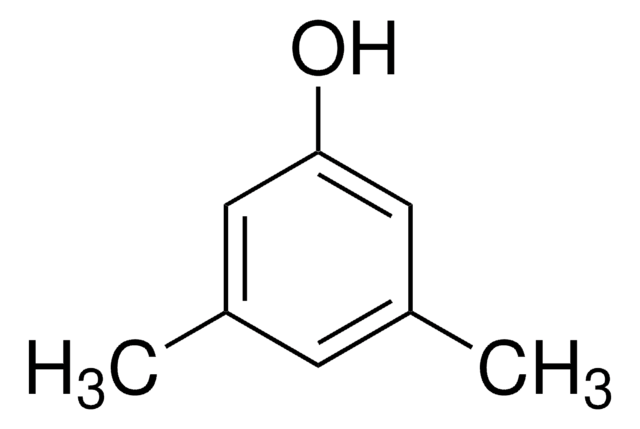
![Poly[dimethylsiloxane-co-(3-aminopropyl)methylsiloxane] eq. wt. 4,400 Amine](/deepweb/assets/sigmaaldrich/product/structures/427/354/e688e87b-f9db-4070-9e27-fccd23c1dfaa/640/e688e87b-f9db-4070-9e27-fccd23c1dfaa.png)
